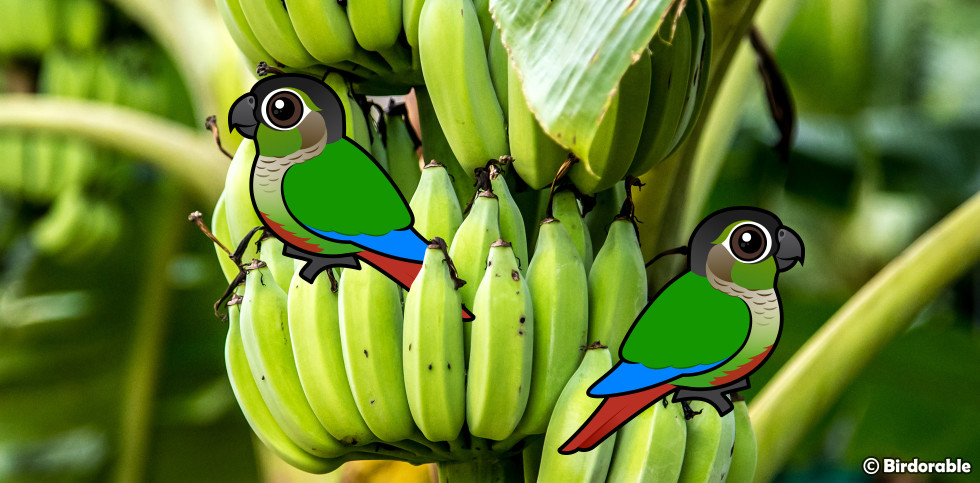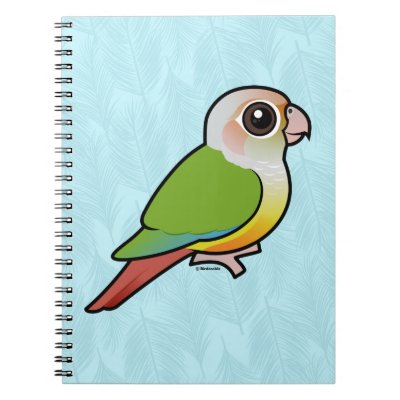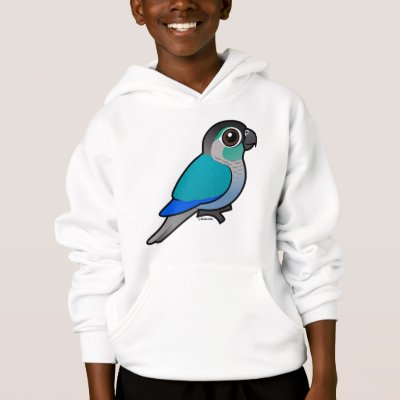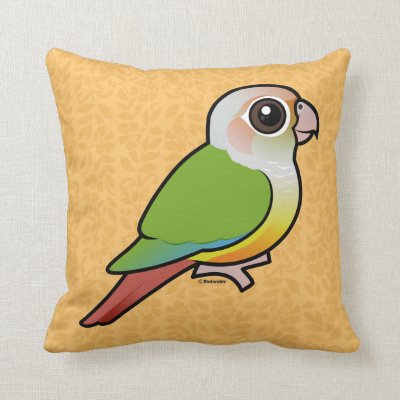Meet the Birdorable Green-cheeked Parakeet: South America's Gem

The world of birds is endlessly fascinating, offering a kaleidoscope of colors, sounds, and behaviors that captivate the human imagination. Among these avian wonders, the Green-cheeked Parakeet stands out for its vibrant personality and stunning appearance. This small parrot, recently added to Birdorable, calls the lush landscapes of South America its home.
Native to the western state of Mato Grosso in Brazil, and extending its range across Bolivia and Northern Argentina, the Green-cheeked Parakeet thrives in environments that offer plenty of fruits, its preferred diet. Known in aviculture circles as the Green-cheeked Conure, this parrot has a particular fondness for bananas, a fact that adds an adorable aspect to its natural behavior. Imagining these birds perched on a banana tree, indulging in one of their favorite snacks, is a scene that embodies the vibrant life of South American forests.
The Green-cheeked Parakeet's appeal goes beyond its diet and geographical distribution. What truly captures the heart is its striking appearance. With a palette that combines various shades of green with the distinctive green cheeks from which it gets its name, this parrot is a living piece of art. Its small size belies a spirited personality, filled with curiosity and playfulness, making it a favorite among bird enthusiasts and pet owners alike.
In captivity, the Green-cheeked Parakeet is known for its sociable and affectionate nature. These birds form strong bonds with their human caregivers, demonstrating a capacity for emotional connection that is both surprising and heartwarming. They are also known for their intelligence and can learn to perform tricks and mimic sounds, providing endless entertainment and companionship.
The conservation status of the Green-cheeked Parakeet, like many parrot species, is a subject of concern due to habitat loss and the pet trade. However, increased awareness and conservation efforts are aimed at ensuring that these birds continue to thrive both in the wild and in captivity. By supporting sustainable practices and responsible pet ownership, we can help preserve the natural habitats of these remarkable birds and ensure that future generations have the opportunity to enjoy their beauty and companionship.













Comments
Be the first to comment
Thank you!